People thought Tudor was crazy when he first began sending ice to different parts of the world, but hewas actually very smart. The first place he sent ice was the West Indies. That was in 1805.The difference was that he harvested his crop while the land farmers were huddling about their firesides.
SHOWS HORSE CARRIAGES AND BULLOCK CART CARRIAGES PARKED NEXT TO Ice HOUSE(with white round dome);AND A MAN WAITING FOR CUSTOMERS WITH HIS PALANQUIN NEAR COURT STEPS;FORT BOMBAY.
NEXT BUILDING TO THE COURT HOUSE IS 'THE ICE HOUSE'
-SEEN AS A WHITE ROUND HOUSE AND A WHITE ROUND ROOF.The ice-house was a double-shelled structure,twenty-five feet square on its outside dimension, nineteen feet square on the interior, and sixteen feet high. It held about 150 tons of ice. ICE WAS HARVESTED FROM PLACES NEAR TO THE NORTH POLE AND FROZEN LAKES.,BROUGHT BY SHIP AND KEPT FOR USE.[ ELECTRICITY /REFRIGERATON NOT YET DISCOVERED].
Once inside, the blocks were piled together as closely as possible to prevent all unnecessary meltage. The workmen in the ice-houses pried loose the stored ice by means of chisels.Wenham Lake ice enjoyed its greatest popularity in England between the year 1844 and the early years of the 185o's. It was in demand everywhere, and it grew into such vogue that London hotels put up signs informing their customers that Wenham Lake ice was served there.Main customers were the local coffee-house owners who bought the ice for the manufacture of their ice-creams.
| OLD ICE HOUSE IN FLORENCE -ITALY |
vintage ice house to store ice ; before refrgerator was discovered
Frederic Tudor"Ice King"
| |
|---|---|
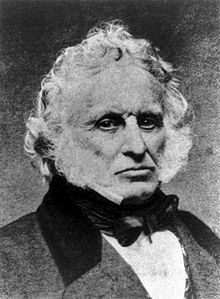 | |
| Born | September 4, 1783 |
| Died | February 6, 1864 (aged 80)
Boston, Massachusetts, U.S.
|
| Resting place | King's Chapel Burying Ground, Boston (originally)[1] |
| Nationality | American |
| Other names | "Ice King" |
| Known for | Establishing the ice trade |
| Spouse(s) | Euphemia Fenno |
In 1833, he determined to try a enterprising venture, and, accordingly, he dispatched 200 tons of ice to Calcutta on the ship Tuscany;from U.S.A.
Indians saw ice for the first time in 1833 and asked "does it grow on the tree"
One of the first of the shipments to India, made by Captain Codman in the ship Nantasket, brought disbelief and amazement to the large crowd of natives gathered at the wharf to witness the unloading of these
"crystal blocks of Yankee coldness."
One of the Indians braved to touch a piece of the ice, and, believing that he had burned himself, wrapped his hand in his robe and rushed away followed by a number of the alarmed onlookers. At another time, a native was supposed to have asked Captain Codman,
"How this ice make grow in your country? Him grow on tree? Him grow on shrub - how he make grow?"
711 × 592

355 × 450
A Calcutta historian, in speaking of the ice, eulogised, "I will not talk of nectar or Elysium, but I will say that if there be a luxury here, it is this - it is this. ... A block of pure ice weighing 2 maunds," he continued, "was a sight Calcutta had never seen before."35 The only ice that had ever before been seen in Calcutta was a Hooghly-Plain ooze made by skimming surface ice from water in unglazed pots placed overnight in reed-lined pits.
"From the insides of this boat they were taking out great pieces of white stuff, which, in a little while, turned to water. Much split off, and fell about on the shore, and the rest they swiftly put into a house with thick walls. But a boatman, who laughed, took a piece no larger than a small dog, and threw it to me. I - of all people - swallowed without reflection, and that piece I swallowed as is our custom. Immediately I was afflicted with an excessive cold which, beginning in my crop, ran down to the extreme end of my toes, and deprived me even of speech, while the boatmen laughed at me. Never have I felt such cold. I danced in my grief and amazement till I could recover my breath, and then I danced and cried out against the falseness of this world; and the boatmen derided me till they fell down. The chief wonder of the matter, setting aside the marvellous coldness, was that there was nothing at all in my crop when I had finished my lamentings."
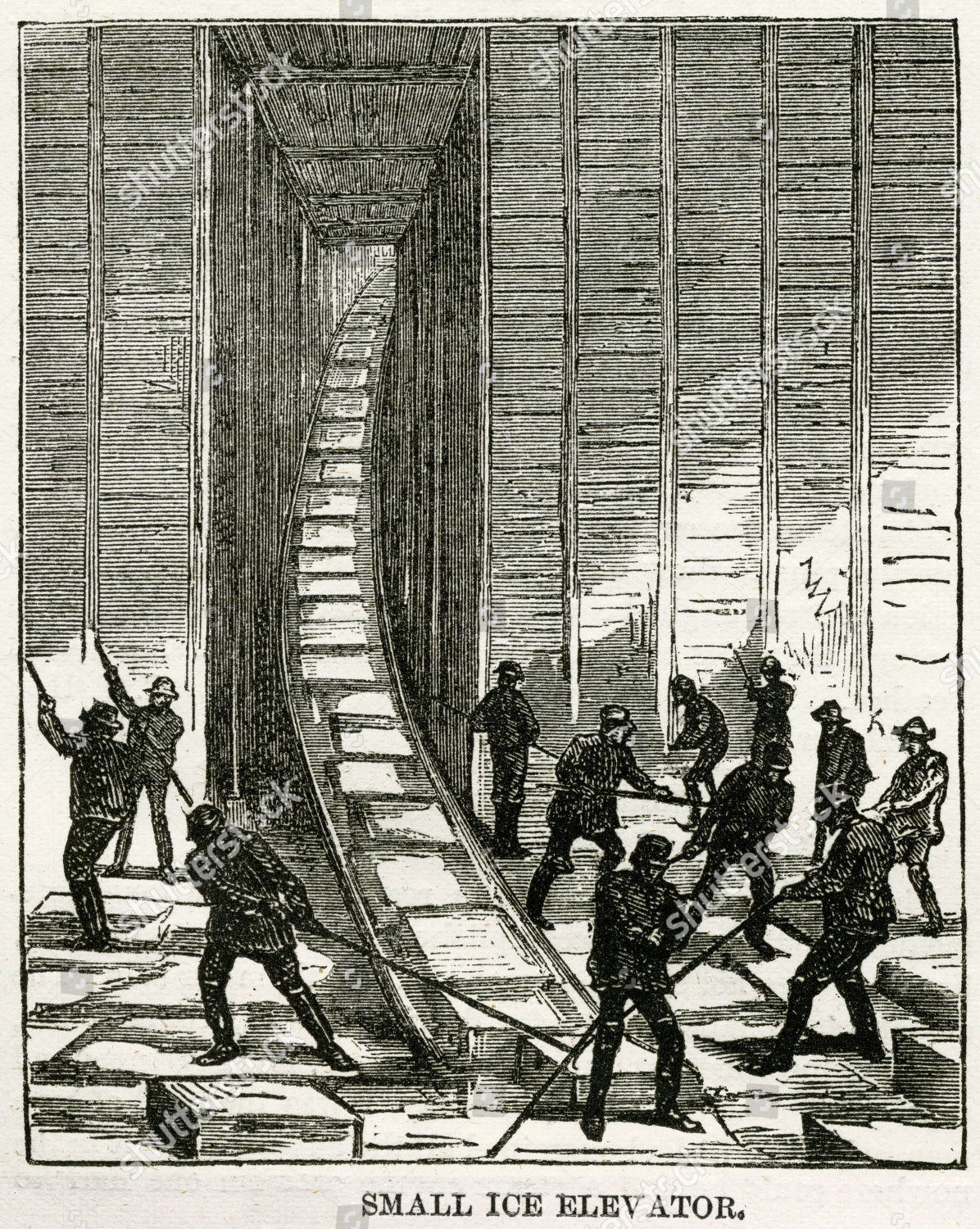 1196 × 1500Harvesting ice on the Hudson river in the 1870s From American Pictures Drawn With Pen And Pencil by Rev Samuel Manning circa 1880The Adjutant had done his very best to describe his feelings after swallowing a seven-pound lump of Wenham Lake ice, off an American ice-ship, in the days before Calcutta made her ice by machinery, . . 1196 × 1500Harvesting ice on the Hudson river in the 1870s From American Pictures Drawn With Pen And Pencil by Rev Samuel Manning circa 1880The Adjutant had done his very best to describe his feelings after swallowing a seven-pound lump of Wenham Lake ice, off an American ice-ship, in the days before Calcutta made her ice by machinery, . . |
Once the ice had frozen thickly, all porous ice and snow on the top surface was removed by means of a horse-drawn plane or scraper.
An acre of foot-thick ice yielded about 1000 tons of rough ice
Scraping Off the Snow
Planing Off the "Snow Ice"
Marking the Ice for Plowing (plow is upside down in background)
Sawing and "Barring Off" the Floats
n at Once - Spy Pond Cambridge, Massachusetts
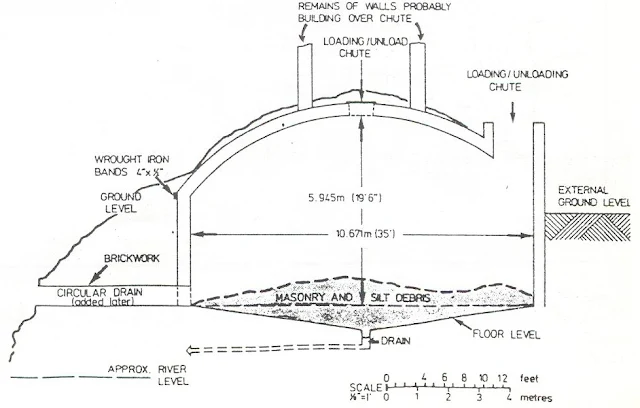 |
| ICE HOUSE PLAN |
| ICE BARGES FOR CARRYING ICE C: 1850 |
Schooner being loaded with ice in Norway using ramps, late 19th century
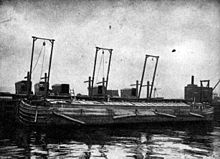
An ice barge in New York City, early 20th century
NUMBER OF TONS OF ICE EXPORTED»FROM U.S.A
Year Amount (tons)
1806 .......... 130
1816......... 1,200
1826 .........4,000
1836 .......12,000
1846........65,000
1856..... 146,000
1860 .....142,463
1865 .....131,275
1866 .....124,751
1872 .......69,500 (approx.)
1873 .......70,370
1874 ...... 69,800
The following list of ships represents some of those known to have been engaged in the ice trade at one time or another:
Arabella - 696 tons. Made several trips - Boston to Bombay, Calcutta and return - 17 July 1853 to 4 Oct. 1854. Took 141 days from Boston to Bombay. Boston to Madras, Calcutta and return -29 Nov. 1854 to (ca.) 23 Nov. 1855. Outward cargoes of ice, return cargoes of saltpetre, cow hides, gunny bags, jute, cloth, goatskins, shellac, dye, linseed.87
Coringa - Re rigged as a bark in 1874 and chartered by the Tudor Company for a cargo of ice for Calcutta.88
Elizabeth Kimball - Medium clipper, built at Marble head in1853. The maiden voyage was a round trip between Boston and Calcutta with an outward cargo of ice.89
Harmonia - Carried ice to the East Indies for the Tudor Company.90
Iceburg - 1135 tons, built for the Tudor Company and shipped ice for several years before she was sold. Launched in i877.91
Iceking - Launched a few weeks after the Iceburg for the Tudor Company.92
Iceland - Launched a few months after the Ice king for the Tudor Company. In March 1878 she was listed as missing.93
National Eagle - Medium clipper, 1095 tons. After 1854 made frequent trips to India with ice. This was one of the best known of the ice ships.94
Reporter - Medium clipper. In 1854 was chartered by Gage, Hittinger & Co. to take ice to New Orleans.95
Springfield - Launched in 1868, 1043 tons. Took ice to Bombay on her maiden voyage96.
White Swallow - Left Boston in 1871 for Hong Kong with 1015 tons of Tudor ice. 19 days later was abandoned at sea.97
Young Mechanic - 1375 tons. In 1865 chartered by the Tudor Co. to take ice to Madras and Calcutta. Again chartered in 1866, but ship caught fire and was destroyed.98
Ice was so prized by the English inhabitants of India that its importation was encouraged as much as possible by special treatment of the ice ships. At Bombay, for example, "The only port charges on Ice ships are tonnage dues and police fees, and you get the best berth in the harbor."99 The port charges amounted to a pilot age fee of 110 Rupees during the southwest monsoon. During the north east monsoon, the charge was 55 Rupees for vessels over 500 tons. The lighthouse dues amounted to 15 Rupees per 100 tons, the tonnage duty was one Anna per ton, and the police fees were ten Rupees, two an.100 One Rupee was worth about 5o cents.101
At Madras, ice was to be found among the list of articles admitted duty-free. In fact, it was the fifth article on the list, the first two being: i) Bullion and Coin, and 2) Precious Stones and Pearls.102
As at Calcutta, Frederick Tudor was given a twenty year lease beginning in 1845 on the Madras ice-house, which was open every day during the daylight hours and for a few hours on Sunday morning.103 Madras preserved her ice-house longer than did Calcutta. According to the Calcutta historian,
Today [1907] the visitor will search in vain in Hare Street for the strangely-shaped globular building which stood perched on the summit of a flight of steps and challenged the attention of every passer-by. It was razed to the ground in 1882, and even the memories of the murder committed within its walls have faded away. Madras still preserves the shell of her ice-house. Calcutta has been more iconoclastic, and not a vestige remains of the once familiar structure in which for nearly fifty years she hoarded her precious frozen blocks from Wenham Lake.104
A curious sideline of the ice-trade to India was that New England Baldwin apples were often shipped in barrels among the blocks of ice. The clipper Elizabeth Kimball shipped such apples with her cargo of ice, for in India apples found such a large market among the English population that they were sold for fifty to seventy-five cents apiece.105
By the early 1850'$, Wenham Lake ice ceased to be shipped overseas, and the trade consisted mainly of the local markets and those found along the southern coasts of the United States. Throughout the years, ice from small lakes like Wenham Lake had made a deep impression abroad. When Edward Everett was minister to the Court of St. James in London, he once met the Ambassador from Persia who expressed his gratitude to America for shipping ice to Persia.106 The amount of ice shipped from Wenham was enormous and understandably created false ideas as to the size of the lake.
Between the years 1856 and 1882, 353,450 tons of ice had been shipped out; about 475,000 had actually been cut, but the 121,550 ton difference was accounted for by the ice lost from scraping and meltage. The average yearly amount of ice cut from Wenham Lake from 1860 to 1880 had been thirty thousand tons a year.
in 1873, a fire originating in the hay packing around the ice destroyed all of the buildings.
By the time of the fire, artificial means of refrigeration were beginning to be used, and losses such as those sustained on Wenham Lake made competition increasingly difficult. The business around Wenham Lake never entirely recovered.
ice was cut on Wenham Lake for the Wenham, Beveriy and Salem markets well into the present century. The last of the ice-houses on the lake, that of the Metropolitan-Wenham Lake Ice Company, on the North Beveriy shore, finally disappeared around the time of World War II.
Dunedin, the first commercially successful refrigerated ship. James Harrison began operation of a mechanical ice-making machine in 1851 on the banks of the Barwon River at Rocky Point in Geelong, Victoria. His first commercial ice-making machine followed in 1854 and his patent for an ether liquid-vapour compression refrigeration system was granted in 1855. Harrison introduced commercial vapor-compression refrigeration to breweries and meat packing houses, and by 1861 a dozen of his systems were in operation.export/import of ICE BY SHIP-BEFORE DISCOVERY OF REFRIGERATION |



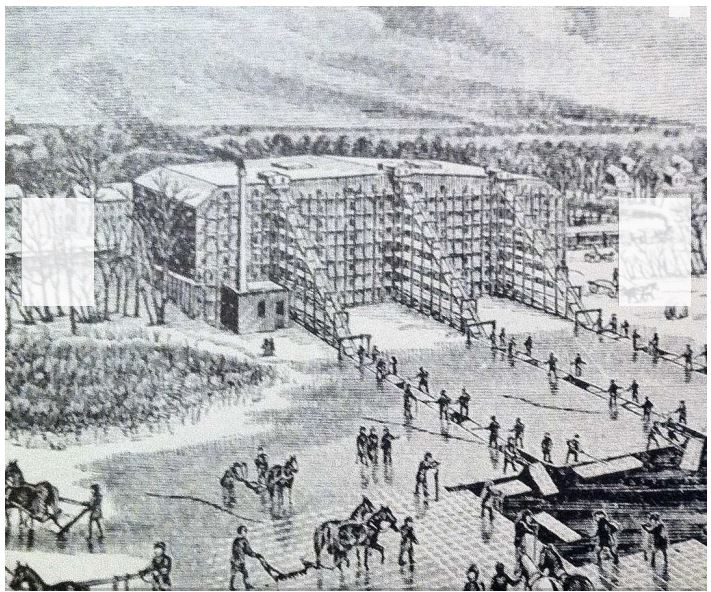
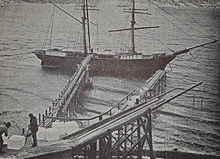
No comments:
Post a Comment